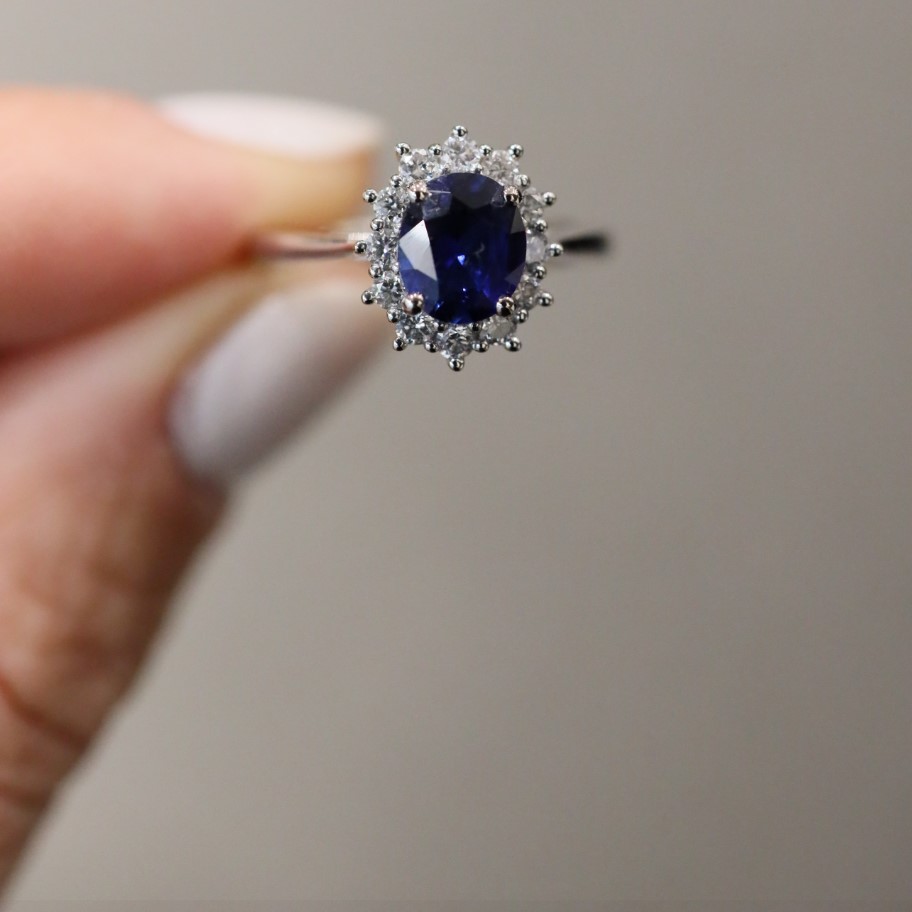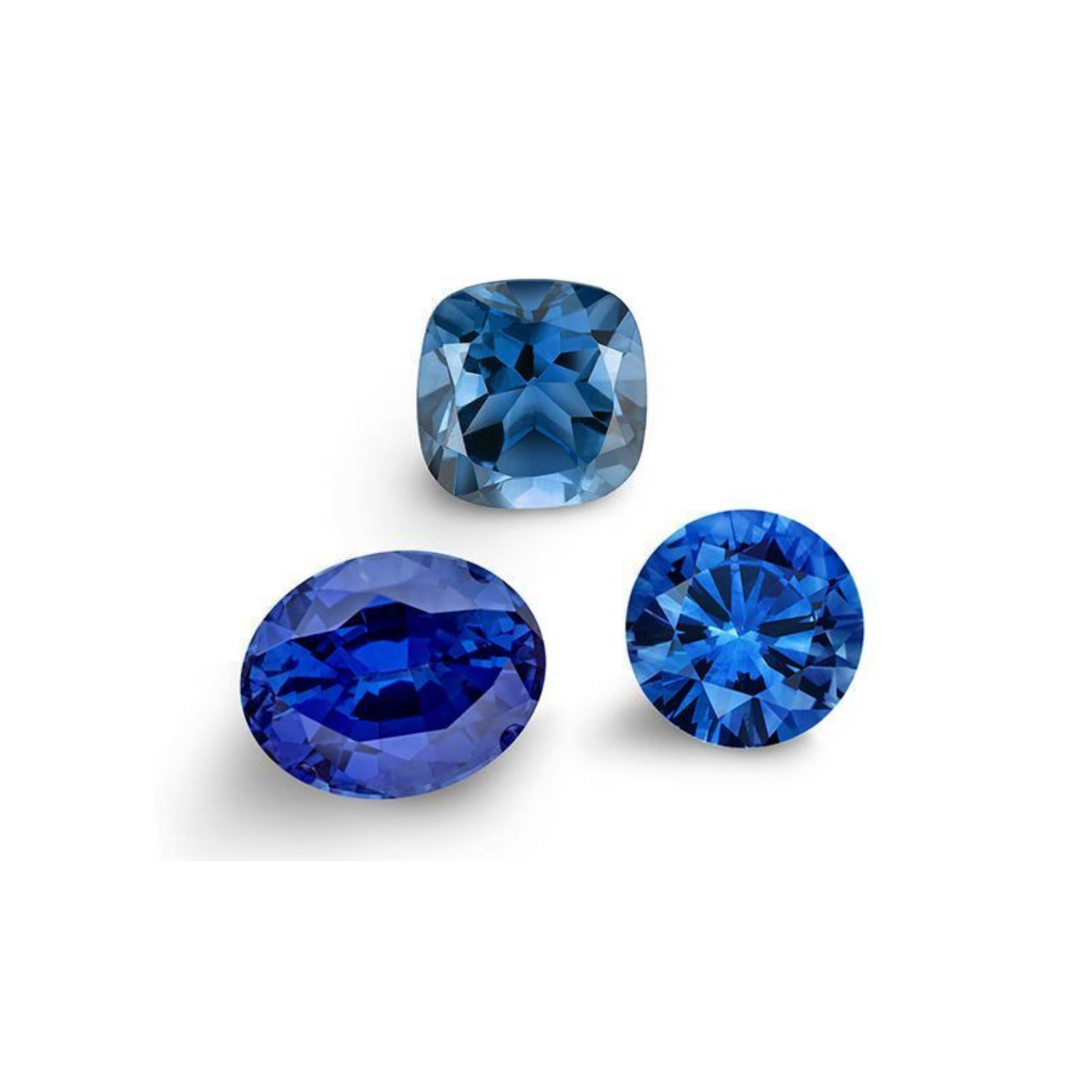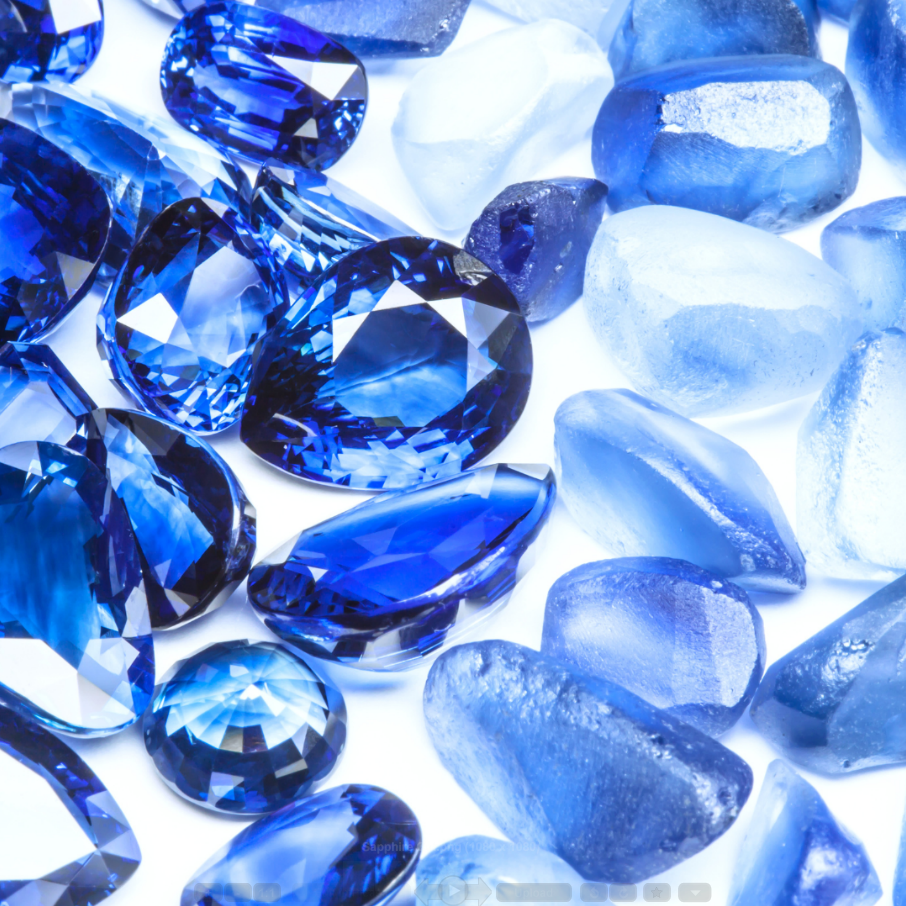06/07/2023

When selecting a sapphire, it's important to assess the purity and intensity of its colour, since they are renowned for their transparent and consistent colour. While vivid blue is the most common one, the corundum from which sapphires are formed can exhibit almost every colour of the rainbow due to exposure to other minerals. What is the most important thing to have in mind when choosing a sapphire? These three characteristics: hue, tone, and saturation.
Hue is the actual colour of the sapphire, that has usually two different shades; the most present one and another lighter that by combination, will create a one-of a kind colour. You can find sapphires of greenish-blue, violet-blue, or even violet-pink. When describing them we mention the modifying colour first, followed by the primary colour.
The tone of the sapphire relates to the intensity of its colour. It's important to note that two sapphires can have the same hue but display different tones. For instance, they could both have a blue hue still one be midnight blue and the other sky blue. The variation between these two shades, from the sky to midnight, represents the difference in tone.
A Sapphires saturation is the extent to which the hue is masked by brown or gray ranging from low to high. On a sapphire colour chart, the most intense saturations are referred to as 'vivid'. The other levels of saturation are categorised as 'strong', 'medium', 'fair', and 'weak'."

Sapphires come in different densities, which means that gemstones with the same carat weight can appear visually different in size. This is why they are evaluated not only by carat weight but also by their actual dimensions. Since sapphires tend to be denser, a one-carat sapphire is typically slightly smaller than a one-carat diamond.

Each sapphire undergoes a unique cut to enhance its colour and brilliance to the fullest. Unlike diamonds, there are no specific proportions or standardised "ideal" cuts for sapphires due to their diverse array of properties. This allows for a creative and customised approach to bring out the best in each sapphire, which can vary across its rough form. When cutting, the artisans carefully consider how to orient the stone and create facets that maximise the reflection of the sapphire's exceptional colour through its top surface, known as the table. This process ensures that the well-cut sapphire showcases its colour to its utmost potential while also enhancing its luster and brilliance. When the gem has a lighter tone, the cutter may opt for a deeper cut to add depth and intensity. Conversely, if it has a very dark colour, a shallower cut might be chosen to allow more light to reflect within the gem, softening and brightening the colour.

As sapphires form in a mineral-rich environment, it is widely acknowledged that all sapphires contain some minor inclusions. However, their vibrant colour often conceals these clarity characteristics, making them hardly noticeable to the naked eye.
